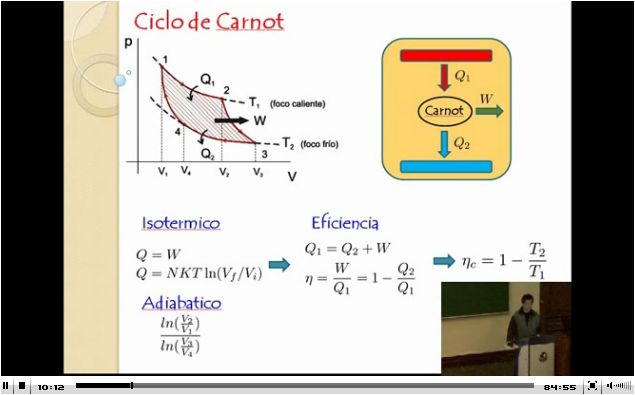[Visto: 1321 veces]
Artículo original
Crash Test Smarties:
Students Learning Physics Through
New Science Curriculum Developed by The JASON Project
with the Insurance Institute for Highway Safety
Ashburn, Va. – It makes for great and frightening TV, and now it’s a real-world lesson in physics.
Scientists and engineers regularly hurtle new vehicles head-on into barriers and thrust heavy battering rams into driver’s side doors. We’ve all seen the scary results on news programs and TV commercials.
But today, students everywhere are getting a “crash course” in the science of physics, with controlled car collisions a dramatic and inescapably instructional part of the new curriculum. It was developed by The JASON Project in partnership with the Insurance Institute for Highway Safety (IIHS).
IIHS crash tests are the jumping-off point for 4th-10th grade students to learn concepts such as velocity, acceleration, and momentum. To help create the curriculum, a team of internationally selected students and teachers from The JASON Project traveled to the IIHS test facility in Ruckersville, Va. to witness crash tests and work with research engineers who are applying the laws of physics to better understand – and mitigate – what happens in collisions.
IIHS provided senior research engineer Matt Brumbelow and others to help develop the science unit. Brumbelow and the JASON students and teachers who participated in the research are featured in the curriculum, Terminal Velocity, which was released worldwide in August.
The JASON Project, named for the mythological Greek explorer, is the only program that links students – inside the classroom and out – directly to leading scientists engaged in cutting-edge research. Its rigorous, standards-based classroom curricula are developed in collaboration with IIHS as well as National Geographic Society, the National Oceanic and Atmospheric Administration, (NOAA), NASA, the National Institute of Standards and Technology, U.S. Department of Energy national laboratories, Smithsonian Institution and others.
“The most exciting part for me was the roof crush test, where a huge pressure source pushed on the corner of a gleaming new sedan until the car crumpled,” said Aubrey Gonzalez, a high school junior from Harvest, Ala.
“You could hear a crackling sound like little explosions, and then the back window blew out and the side windows ruptured, spraying glass everywhere. It was awe-inspiring and frightening to see something so strong crumple like that.”
“The JASON Project brings science alive for young people,” said IIHS President Adrian Lund. “We wanted to be a part of the program because of its fundamental goal of demonstrating how scientific principles can be applied to real-world problems like motor vehicle crashes to make a difference and save lives.”
“JASON’s success is achieved through partnerships, and we are grateful to IIHS for helping us make physics engaging, meaningful, and accessible for millions of students,” said Dr. Stephen M. Coan, CEO of The JASON Project. “The focus on driver safety only heightens the importance of this curriculum, and we look forward to continuing our work with IIHS in the months and years ahead.”
JASON’s nationally acclaimed curricula feature year-round interactions with scientists; online simulations, games, videos and social media; and hands-on labs and field assignments. Its Immersion Learning program creates complementary academic enrichment programs for youth in after school, mentoring, and summer science camps in partnership with Boys & Girls Clubs, U.S. Department of Justice, U.S. Air Force, Cal Ripken, Sr. Foundation, as well as museums and aquariums throughout the world.
Together, JASON and Immersion reach over 1.5 million students and teachers annually, and general audiences of six million. Independent evaluations show that the programs have a significant impact on student academic achievement and teacher effectiveness.
About The JASON Project
The JASON Project is an independent 501(c)(3) managed by National Geographic Society in association with Sea Research Foundation, Inc. More than 11 million students and teachers have participated in the program since its founding in 1989 by Dr. Robert D. Ballard, the renowned oceanographer, explorer and scientist. JASON is based at The George Washington University Science and Technology Campus in Ashburn, Va.
About the Insurance for Institute for Highway Safety
IIHS is a nonprofit organization funded wholly by automobile insurance companies dedicated to reducing deaths, injuries, and property damage that result from crashes on the nation’s roads. Its research focuses on three main areas: human factors, or preventing crashes by changing driver behavior; vehicle factors, or reducing deaths and injuries by improving vehicle safety engineering; and environmental factors, or changing roadway design to reduce crashes. Sigue leyendo →
